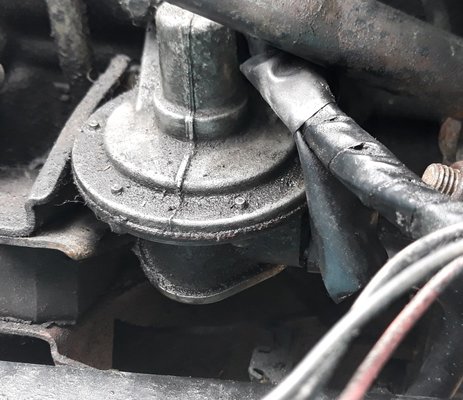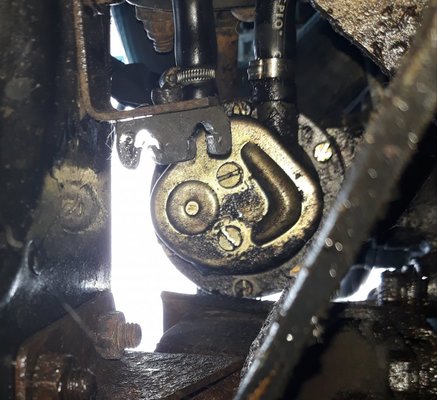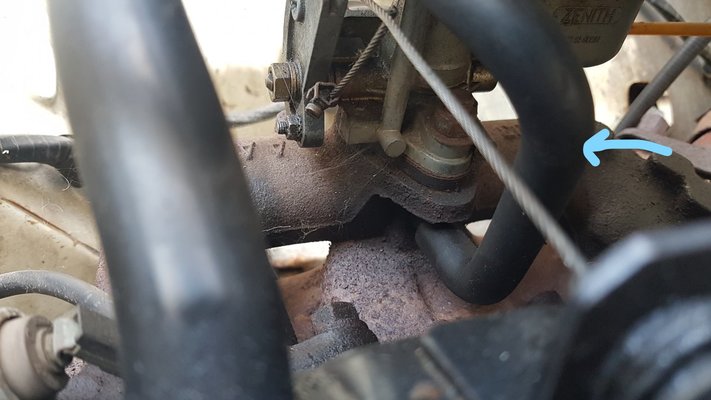Rustyoldjcb
Enthusiast
- Messages
- 116
- Location
- Essex
Hi!
I was wondering whether the very poor running of my engine, especially at idle, was due to the fuel delivery system. The fuel pump doesn't appear to match anything in the Haynes manual, so I dont know if it is correct for a 1987 F4? Although it must have run ok on it in the past.


I disconnected the fuel line on the outlet of the pump and cranked the engine. Plenty of fuel came out. I partially blocked the outlet and could hardly feel any pressure when cranking. How much pressure should there be?
Going to blow the fuel line back towards the tank to see if its clear.
Thanks!
I was wondering whether the very poor running of my engine, especially at idle, was due to the fuel delivery system. The fuel pump doesn't appear to match anything in the Haynes manual, so I dont know if it is correct for a 1987 F4? Although it must have run ok on it in the past.


I disconnected the fuel line on the outlet of the pump and cranked the engine. Plenty of fuel came out. I partially blocked the outlet and could hardly feel any pressure when cranking. How much pressure should there be?
Going to blow the fuel line back towards the tank to see if its clear.
Thanks!





